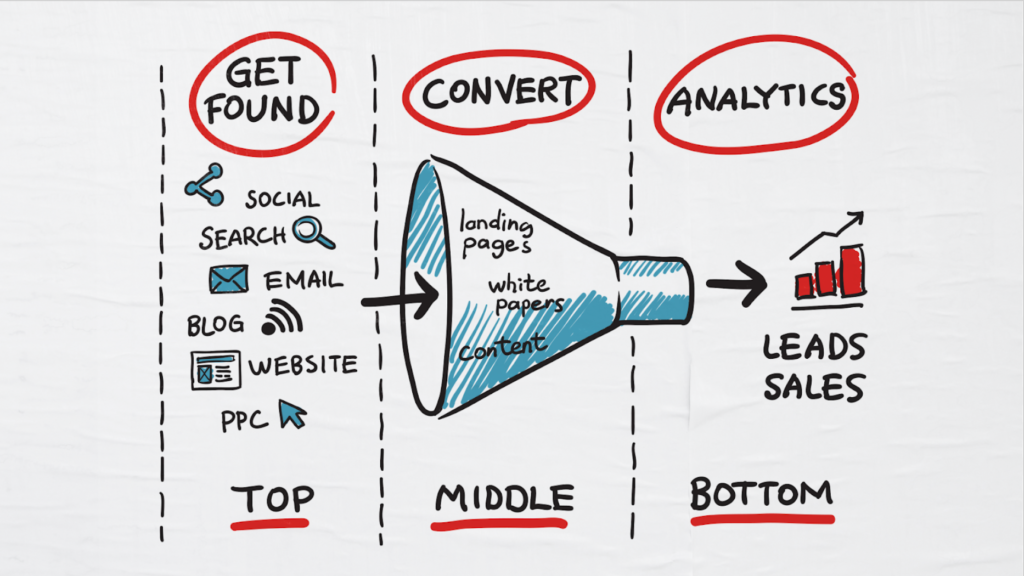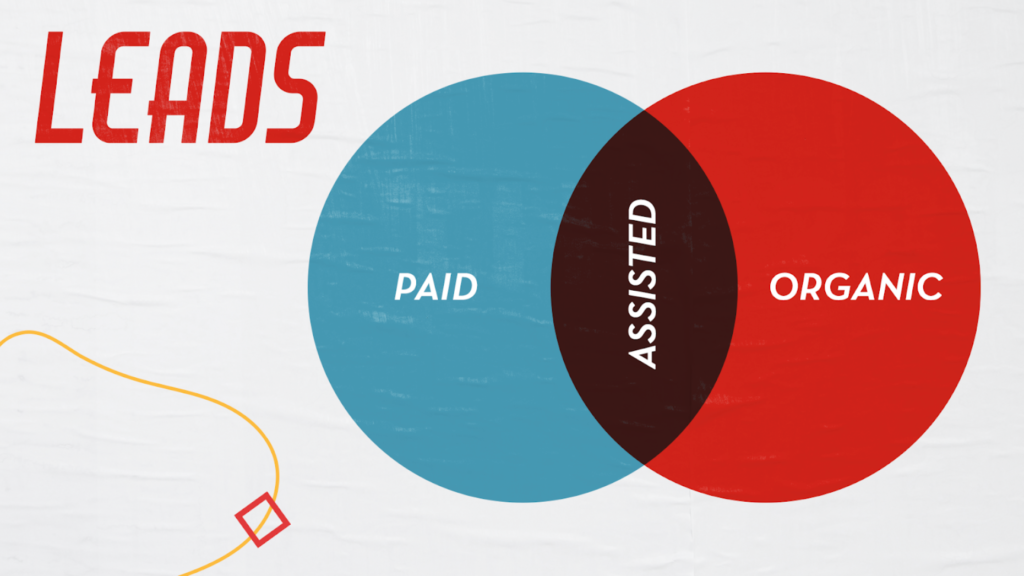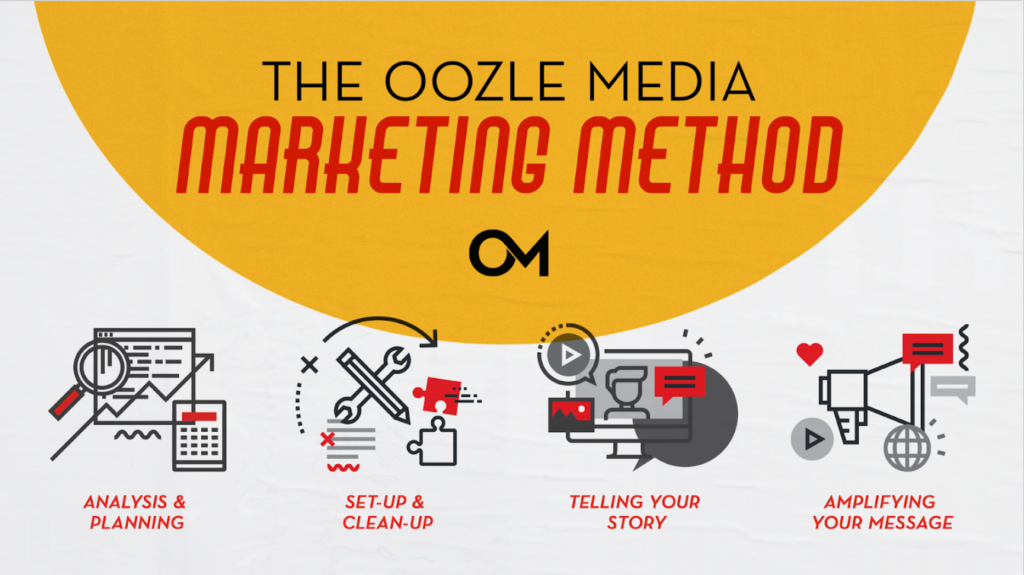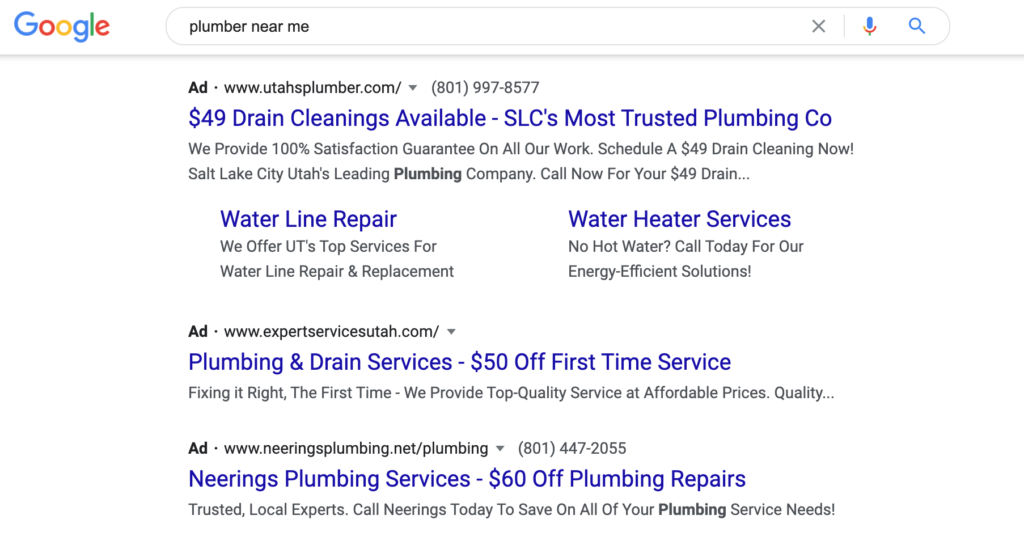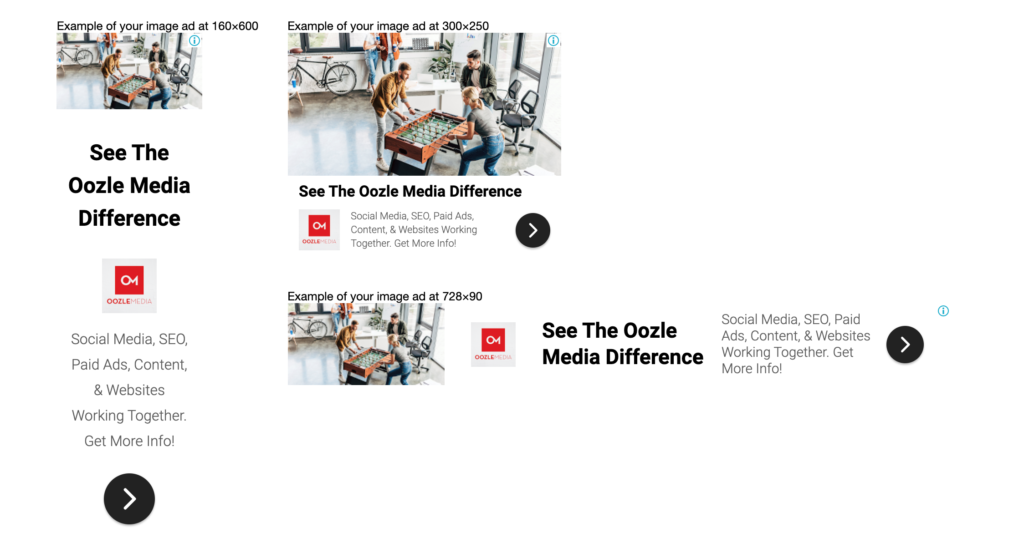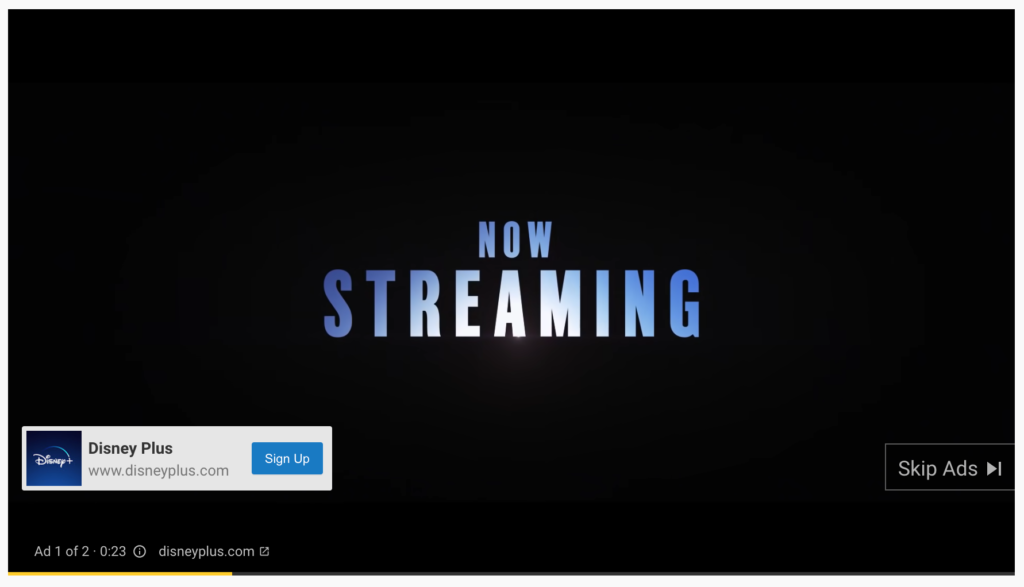I Don’t Know What All This Means And At This Point, I’m Too Afraid To Ask

Watch the webinar replay here:
____________
Or read the transcript below:
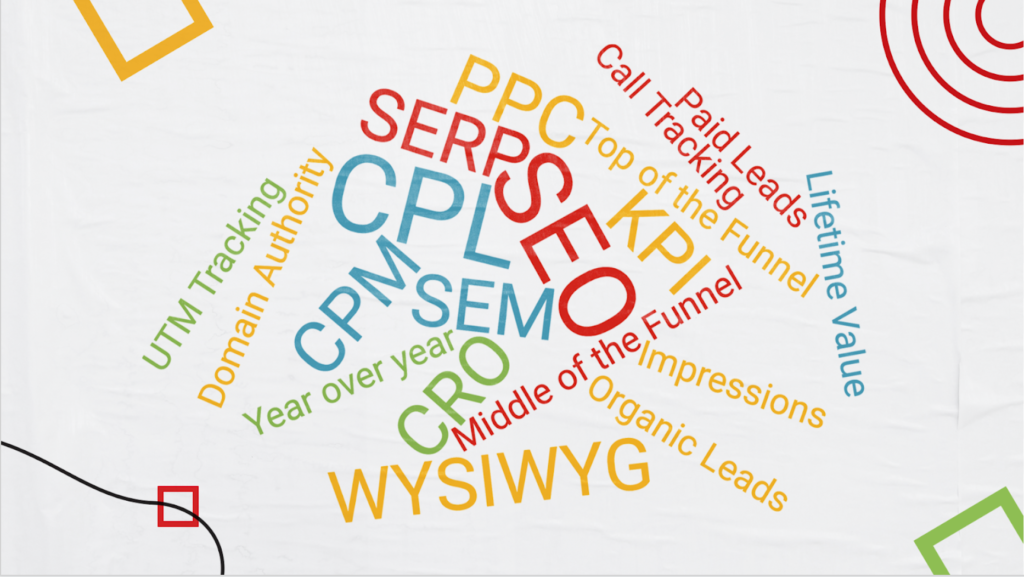 “So many terms. I’ve been working with a digital marketing agency for years and they always report on this stuff to me. They explained it when I was new, but I’ve since forgotten a lot of what it means and at this point: I’m too afraid to ask.”
“So many terms. I’ve been working with a digital marketing agency for years and they always report on this stuff to me. They explained it when I was new, but I’ve since forgotten a lot of what it means and at this point: I’m too afraid to ask.”
If this sounds like you, don’t worry. There’s a lot to remember in the world of marketing and we’re here to help! Keep reading for the ultimate guide to digital marketing.
Let’s Start With The Basics
Today, we’re going back to square one! We are going to talk about the differences between organic and paid; Search Engine Optimization, Pay-Per-Click, and Social Ads; what those mean, and what you can expect from them. We will be diving into some of their associated abbreviations and acronyms and also just talking about what you can expect from each product and how they work together.
What Is A Lead?
Since leads are what eventually turn into a business (or money in your pocket), let’s start there and work our way out. First: what is a lead?
This sounds silly but believe it or not, a lead can mean different things to different people. It can even something different for different agencies. Though an agency might have access to the same data set as another agency, they may each report different numbers. To truly answer this question, you need to meet with your specific agency and make sure that you are on the same page on what they are counting.
To put it simply though, a lead for most businesses should be a unique contact (be that name, phone number, email address, or any combination of those). If you are B2B, a lead might be contact information for a company, B2C, and it’s probably the name of an individual. So the leads reported should be the unique names or contact numbers you got within the time period that is being reported on.
These should line up roughly with your CRM and should be scrubbed by your agency for duplicates, test leads, and anything that is obviously spammy or not interested in the product of the business.
Reporting Leads As an Agency
For example, our job for many of the beauty schools we work with is to report on prospective students. Leads who may be interested in going to school. These schools also have a salon area that you or I could visit to have our hair done. We see sites get plenty of requests that are salon related. While that does bring some revenue to the schools, usually our job is to report on prospective students, so it would be disingenuous to tell a school they had 50 leads in a month if 10 of those really just wanted an appointment to get their hair done. If that was an important metric for the client, it should be counted separately and viewed as a different goal.
Here is where it gets messy in the world of digital marketing. You can count form fills, Instagram DMs, Facebook Messenger inquiries, phone calls, walk-ins, paid ad landing pages, etc. all as different forms of leads. And each of these has different sources for reporting. If you are running ads on Google then you can see the number of conversions in their platform. They track this through a tracking pixel that is loaded on your site. Every time that pixel is loaded it counts as a conversion.
There are so many things that can go wrong with how that pixel is loaded depending on the device, the browser of the user, their internet speeds, even your hosting, that the pixel-fire counted conversions can be way off. This number is almost always higher. Many agencies are happy to report they got you 57 conversions, but in my experience, that might only be 35 true unique names in your CRM. Don’t let an agency take advantage of you by not being clear in how they report.
But, also cut your agency some slack. They may have a name on their list attributed as a PPC lead, but you have them marked as a walk-in. It’s possible that lead is both, and you should talk through who gets the “credit” and why. An agency doesn’t have control over things like walk-ins, sometimes not over phone calls either if you don’t have call tracking. So there may be overlap there as well.
The bottom line here is that the agency should have very sound logic behind the lead numbers they report and they should be able to back it up. For form fills, we require our account managers to be able to produce a list of names that match the count they give to clients. In some cases, we even send this list to clients for their team to match up with their CRM.
So leads are unique, individual prospects that you can communicate with using the information they gave you.
What Does CPL Stand For?
This brings us to talking about how much your leads are costing you. Your CPL or your cost-per-lead. These vary from industry to industry, and market to market, and even product to product (or program to program if you are a school). It’s important to look at your all in CPL, which would include your marketing spend on say Facebook or Google, plus the management fee you pay to your agency. This will help you with your business finances in determining your ROAS, or return-on-ad-spend, which we will go over later today. But you also need to understand your CPL on just the platform where you are spending the money.
Here is an example. If you spend $1,500 every month with Google and pay your agency $500 per month to manage those campaigns, your total spend is $2,000. If they got you 37 leads in a month, then you’d take your total spend and divide it by the number of leads you got. This yields a $54.05 cost per lead.
Now you can do the math on how many of those 37 leads became customers, what revenue they brought in, and even estimate their lifetime value and decide if that money is well spent or pushing you too hard. You can even calculate a cost per customer or cost per enrollment by taking the total number of leads that ended up converting and spending money and dividing that by your total marketing investment and use that to make financial decisions.
The other side of that, to use this same example, is to take that $1,500 you spend with Google and determine your CPL there. That would be $1,500 divided by 37, and that would yield you a CPL of $40.54. This is the figure you’d want to use when comparing agencies. The platform (in this case Google Ads) stays the same, but the agency’s management fees may differ.
Organic vs. Paid Leads
So now let’s take a look at the different places a lead can come from. Being a digital marketing agency, I’m going to disregard traditional media leads for the sake of this discussion. These would be walk-in leads, radio ads, TV commercials, or print ads such as mailers or yellow pages listings.
The two main types of leads (traditional or otherwise) are paid and organic. The inspiration for today’s webinar actually came from an established long time client of mine asking me the difference between the two recently. She was not at all embarrassed to ask, nor should she have been, but it dawned on me that there are probably clients out there who do wonder about questions like this and feel like they’ve been clients for so long that it’s now embarrassing to ask.
Paid Leads
To put it simply a paid lead is a lead that comes through a source where you paid to be seen. This could be an Ad on Google. You paid to put the ad there. Someone sees it, they click on it and give you their information. You just got a paid lead. This could be said for an ad on Facebook or even a TV commercial where someone calls a call tracking number associated with the tv campaign and you can track your paid leads there. I know I said I wouldn’t touch on traditional media but I guess I’m trying to help drive home my point.
Organic Leads
An organic lead is someone who stumbles across you “naturally”. Maybe they drove by your store and they are curious so they walk in. Or they google “restoration company near me” and your business ranked well because of positive ratings and good content and they clicked the link, did some reading, and eventually became a lead. Maybe it was a recommendation from a friend.
Organic leads can still be tracked and measured and there are things you can do to rank better to drive more organic eyeballs to your business, but it’s not the same as a hard and fast paid lead. An organic lead does not require you to have a set budget to acquire them each month. Paid ads do. You should be invested in your organic marketing, so you should have a budget to help attract more of them. But if you turned that budget off, the leads wouldn’t stop coming from that source. Unlike ads, which are pay to play.
Assisted Leads
There is a third and smaller type of lead called an assisted lead. These can be some of the most misunderstood leads both from the business and agency side. Assisted leads are more or less organic leads, that have interacted with your paid ads in some way but converted at a later time. So in the example from the paid leads, let’s say you paid for an ad to be on Google. Someone sees it, maybe they even click on it.
After some reading, they leave the page, and never fill out a form or give you a call. At this point, that’s the majority of people interacting with your ads. Most people that click on them won’t actually become leads. At least not that day. But some will remember that page and that ad. They might come back in a few days, or weeks, and google your brand directly. And then click on whatever shows up and fill out a form.
Tracking Leads
Now, on the surface, when I go to pull your report, I’ll have no way of knowing that person was an assisted lead or that they saw your ad three weeks ago. To me it will look like a normal organic lead, devoid of any UTM tracking codes in their form submission. I can’t give you the name of an assisted lead. But you remember that tracking pixel installed on your site I mentioned before?
Through the use of cookies and other tracking tools (including that pixel), the platform knows that they interacted with an ad, and they want credit! You can change the windows for these, but standard windows are 28 or 30 days. If they interacted with an ad and then came back and converted within that time frame, they are going to show up on that specific platform as conversions. For Facebook, they will be called “assisted leads” and be reported on separately. For Google, this may appear in the form of a fraction of a conversion. You may see 28.5 conversions for example.
This was really spurred by people making the mistake of shifting all their budget to “last-click” lead attribution. They discounted the impact of all the other forms of marketing that happened. Google calls this the “messy middle” and that’s why platforms like Facebook and Google have assisted leads. They realized they had to somehow show/prove this or people would put all their dollars in one place and be upset when it didn’t work as well over time.
This was the messy middle here where they map out the journey for car buyers for example and how many times they jump and interact with a brand or do research for a product on tons of different platforms. This is why we say a rising tide lifts all boats. Maybe you didn’t do social ads, but you did PPC ads, and when you invest in social ads, you don’t get direct leads there, but the CPL on your PPC goes down.
When we report on leads, we don’t count assisted leads as separate conversions. Again, we don’t know which of your organic leads may have interacted with your ads, we just know approximately how many. This may be reported as, you had 15 organic leads this month, but it looks like 8 of them came through only after seeing or clicking on an ad on Facebook (or Google). And then you have a good idea of if you are really getting your money’s worth through these other platforms.
Let’s Talk About Driving Leads
So even on Facebook (or Google), you can get both organic leads (a lead that came through a post that you made maybe) or a paid lead (a lead that came through an ad on that platform).
Let’s talk about each of these platforms and how they all work together and how organic strategies can benefit paid strategies and vice versa. To understand that, you have to understand the differences between each of these strategies and how long it can take to get results.
In this day and age, a website is the most important thing you have to get new business in the door. It’s important you have a good one because most of your advertising is going to lead back to it. A saying we use often is, “all roads lead to Rome.” Whether you are running ads on Facebook or Google, or even throwing up a billboard, you are almost always sending traffic back to your site.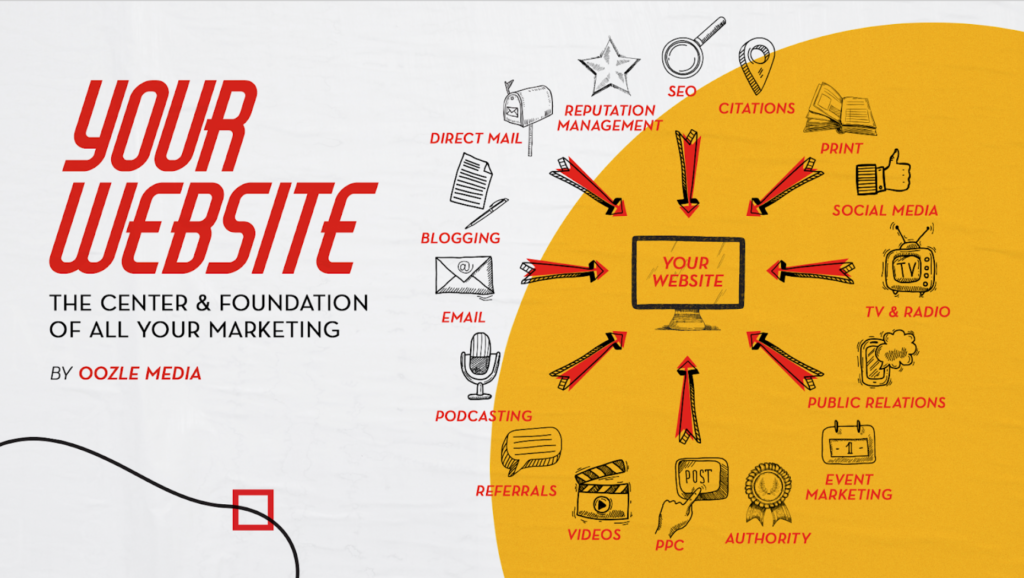 Your site needs to be good in a number of ways. It needs to be conversion rate optimized (often abbreviated to CRO), meaning that those who go to it have a high likelihood of filling out a form or picking up the phone. There are a lot of design cues and places you can put things and even psychological things you can do with colors to get visitors to behave a certain way. It has to be mobile-friendly, it needs to load fast, it needs to be easy to read and accessible to users with disabilities. It needs to have great content. This means not just user-friendly content that is rich with information for your visitors but search engine optimized content that will help you rank well.
Your site needs to be good in a number of ways. It needs to be conversion rate optimized (often abbreviated to CRO), meaning that those who go to it have a high likelihood of filling out a form or picking up the phone. There are a lot of design cues and places you can put things and even psychological things you can do with colors to get visitors to behave a certain way. It has to be mobile-friendly, it needs to load fast, it needs to be easy to read and accessible to users with disabilities. It needs to have great content. This means not just user-friendly content that is rich with information for your visitors but search engine optimized content that will help you rank well.
Too often, people design a site with someone who knows how to build them something flashy, very cool looking, and design-heavy, but because that firm doesn’t do SEO, they build something that hurts long-term marketing for the company, despite looking great. If that all sounds like a lot, it’s the tip of the iceberg. There is also offsite SEO, things you can do on other websites like social media, that will affect the performance of your website (and how many people get to it). This can’t be done in a day or even a month. This generally isn’t even a time or money situation, it’s a time AND money situation.
This can be frustrating for clients. We’ve had clients join and quit right away because they don’t like the wait or don’t understand it. We try and make it very clear on our website what our method is.
We do analysis and planning (in the form of audits), that help us benchmark where you are starting and what we need to do out of the gate to allow future campaigns to be successful. We then take the action items that resulted from the analysis and planning phase and move into setup and cleanup. This is literally just getting your business to a point where we have a slate worth working with. In rare cases, this can be 8-10 months, but it’s around a minimum of your first 3 months (after the audits).
There are plenty of agencies and consultancies that will skip these first two steps to make you happy with the shiny stuff first, even if you still have anchors under the boat that they don’t know about, but it’s at this point that we get into Phase 3: Telling your story. This can be content in the form of monthly blogs, or multiple monthly blogs. Making sure your homepage content and program or product page content is solid. Making sure you have videos and other good content for various social media platforms. This can go on forever and it should.
Markets change, things happen (like 2020), and content needs to stay fresh and consistent to rank well. But once we have that story in place and are talking to your audience and addressing their concerns we can start building that audience even bigger in Phase 4: Amplifying your message.
Now two big things to note here. The first is that I know this sounds daunting. Don’t think that because the first phases aren’t the end goal of where you need to be that they aren’t helping you get better results. All of these things from phase 1 to the end are structured in a way to increase results with every little thing that is done. But it’s like a snowball. For most clients, we start off with a little snowball and we just start rolling it. Month to month can feel disappointing because it hasn’t grown “exponentially” as maybe one hoped (but should have never been led to believe). But once you start looking year over year, you start seeing this really big snowball (compared to the year prior) and you suddenly have an appreciation for the work that has been done.
From January 2019 to January 2020, the average Oozle client saw a 37.86% YOY increase in organic leads. Just six months in (January to July 2019) those same clients had seen a 12.75% increase in monthly organic leads. So it’s a waiting game but it’s not waiting a long time with no results and then suddenly they come pouring in. It’s just that gradual climb.
So that’s the first thing to note, that these phases aren’t for naught. They are important and results-oriented. The second thing to note is that, technically, you can amplify your message right out of the gate on day one through paid ads (and should), but your ads will perform much better a year from now because of the SEO, social and content work you are doing during that time. So you can and should start paid ads on day one, just know that those will also benefit from the rest of your organic efforts.
Diving Into Paid Ads
For context, from that same study of January 2019 to January 2020, the average Oozle client saw a 28.49% YOY increase in PPC leads (leads from Google Ads).
And this is a great segue into the paid side of things. We talked about how organic can be more like a snowball, but paid ads can be a lot of things. I usually like to compare it to a faucet, put money behind it to turn it on and the leads flow out at a rate proportional to the size of your budget (which varies from industry to industry and market to market). Take the money away and the faucet of leads turns off. This is a very simplistic approach to viewing it but if you are just starting out, it’s a good way to start thinking about it.
But I also don’t want to promise the world here. In 2019, for beauty schools, the nation-wide average cost per cosmetology leads through Google Ads was $125. If you have $1,000 to spend on Google, that’s not even 10 leads extra a month. On the flip side, if you have an enrollment rate of 10%, then that could be nearly one enrollment per month extra which easily pays for that $1,000 of monthly spending. So you need to have your expectations in the right place.
To continue in the vein of beauty schools, we have some schools that spend $25,000/campus/month. We have home services companies who also have high budgets. Google Ads especially can be the epitome of “it takes money to make money”. But the great thing about it being literally Pay-Per-Click is there is something for every budget. There is also a point of diminishing returns where it no longer makes sense.
Google offers a variety of different ads that you can run that serve different purposes. Here are some options:
Search Ads
You can do search ads, which is when you bid on specific keywords and can get in front of people who may be looking for a business just like yours. This is very bottom of the funnel as these are people who are usually ready to make a decision. This is what most folks start with.
Display Ads
There are display ads that can be a good way to introduce your brand to new customers or remarket to undecided customers who maybe have visited your website but didn’t convert. These are the billboards of the internet. They’re little brand signs people pass as they cruise around other places online.
Video Ads
There are video ads on Youtube and even within Youtube a number of different ads that can do anything from driving leads to you directly to brand awareness, to remarketing as well.
I definitely recommend running at least some ads on Google regardless of where your business is at. Especially on your brand. Protect your brand from other people who are waving a sign saying “Hey, if you’re looking for X, we do that AND we have a coupon!” or “We do X AND we do it better, come see why!” I’ve spent a lot of time talking about them, but they are not the only place in the digital marketing world where you can do paid ads.
Social Ads
There are plenty of social media networks that you can also advertise on. Facebook and Instagram are usually where folks start, but Snapchat, TikTok, and Reddit, as well as Twitter and LinkedIn, are all social media platforms where you can advertise. These platforms are a great way to get in front of a hyper-targeted audience and drive a lot of eyeballs to your brand. They say it takes 7 marketing touches to get a conversion and social media can be a great place to get your first few.
Why Put Money Behind Your Ads?
When you have enough content that is lower in the funnel and gets more direct with sales pitches and calls to action, you can really utilize it as a direct lead generation tool and way to get additional organic leads (what we call assisted leads and talked about earlier). The more organic content you have, the more likely you are to see a better return on your social media spend.
Similarly, the better your website performs and the better reputation and reviews you have, the better your Google Ads/PPC is likely to perform.
PPC generally gets more competitive and more expensive each year. It is important to realize that it will often make more money over time to maintain results and even more if you are looking to grow results year over year. This is why steadily investing in organic social and SEO in your site is so important because that steady growth can offset the increased cost of running ads.
We Focus On Ethical Marketing
In conclusion, if you are looking for a get rich quick scheme for your business, we are not the partner for you. And frankly, I would be wary of agencies making these claims. We have a lengthy and excellent webinar up on our blog that talks about the difference between silver bullets and lead bullets. If you are a business owner, make sure that your expectations are realistic and that you partner with an agency that is transparent in their method and how they report, and how they understand the spaces that they play in. That pairing has made some of the most successful growth stories I’ve ever seen.
To those of you who are current clients, I hope this presentation answered some questions you may have been scared to ask. To those wondering if we are the right partner for you, I’d like to think so. We have helped hundreds of businesses find the right budgets and combinations of paid and organic strategies to generate steady and consistent growth for a reasonable price. If you have any questions at all, feel free to reach out directly at info@oozlemedia.com.
Thank you!

